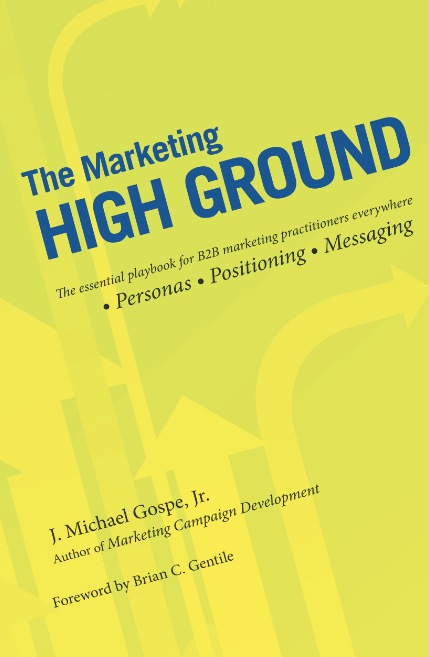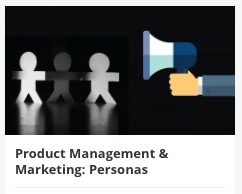Successful selling is about story telling. And our messaging must tell a story that is relevant to our target personae. But what makes a good story? Let’s take a page from literature, literally. A good, engaging book, whether it’s A Christmas Carol by Charles Dickens, Harry Potter and the Deathly Hallows by J.K. Rowling, or Pillars of the Earth by Ken Follett, all follow a similar, simple pattern:
- Something happens to upset the status quo, creating dramatic tension and provoking an emotional response.
- Our hero works to restore balance.
- Ultimately, our hero prevails.
- Life returns to normal or better than normal.
This same formula also works for creating an engaging business story, with some slight modifications. A good business story:
- Engages the persona with a problem or opportunity they care about;
- Offers some thought leadership on how the hero can restore balance;
- Tells how and why our solution will help them prevail; and
- Highlights the value and rewards they’ll receive from using our products or services.
That’s it. It seems surprisingly simple. However, don’t be fooled. The secret to developing messaging that will ring true to the target persona takes practice. The message box technique is illustrated in the figure below.
This is the most creative, fun, and simplest technique I’ve found to craft a company’s or product’s story, and it works equally well for B2B, B2C, and even non-profit organizations. It’s universal because we’re engaging a persona on a personal level. Remember, it is people with needs, desires, and fears who buy products, not faceless companies.
Message box outputs
There are two outputs derived from the message box exercise:
1) The elevator pitch
You’re at a cocktail party and someone politely asks you, “Tell me about your new product.” He’s looking for a short response that answers this question. What do you say? Do you start with a history lesson, as one executive did to me: “Well, twenty years ago . . .” Boring. Do you babble on for ten minutes, hoping to sound intelligent? Cringe. Marketers need a crisp story that everyone can speak to with confidence. They need an elevator pitch—a short story they can quickly communicate, as if the only time they had with the customer was the length of a short elevator ride. And that is what this technique represents. While our story is short and sweet, it is purposely not complete. Too much information will only work against us. It doesn’t need to include a laundry list of features or an education of the technology involved. That comes later in a nurtured dialog. The sole goal of the message box is to produce a short, crisp opener that is relevant to the target audience. We want them to lean forward and respond, “Tell me more!” Those three little words are an invitation to delve deeper in conversation.
2) A message map
Once we have outlined our story in the message box, we can look for opportunities to expand each message during the course of the dialog with the prospect. Each of the four messages becomes a theme for additional dialog. Each theme may have multiple messages that support it. This provides an excellent outline for scripting the dialog that can be used to nurture prospects through the buying process. For example, most companies have an abundance of product messages (based on key features) but may be shy in value messages (i.e., customer testimonials) or engagement messages (i.e., business problems customers face). By mapping the messages to the buying process, marketers can focus their efforts to develop messages that fill in the gaps. The figure below illustrates where the four messages fit.
Interested in learning more?
For more information on the Message Box, including examples and a description of the technique and how to apply it in your business, please read The Marketing High Ground. Let me know what you think!







